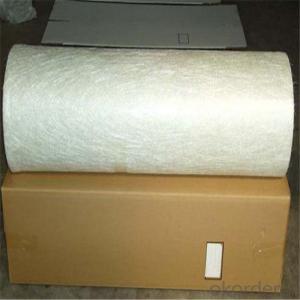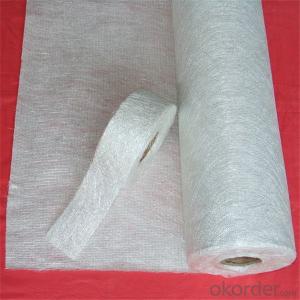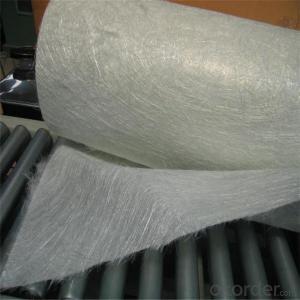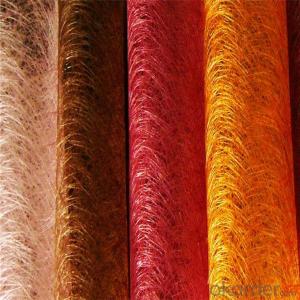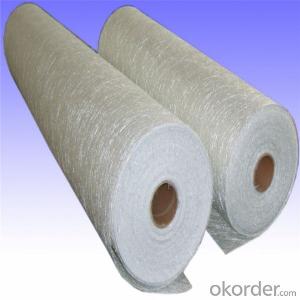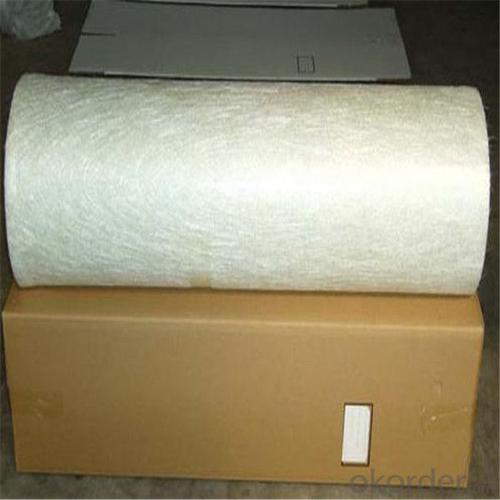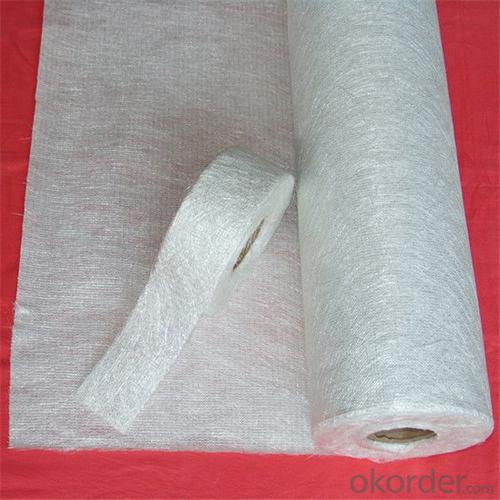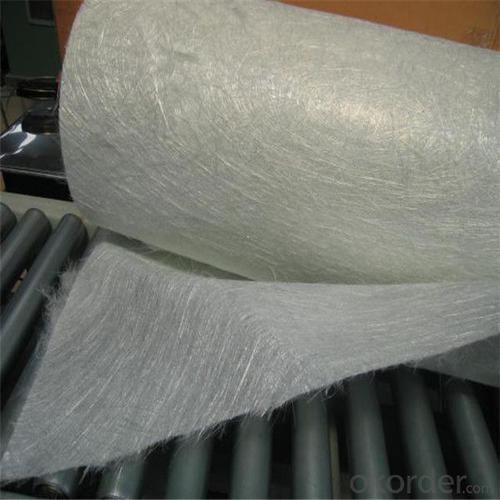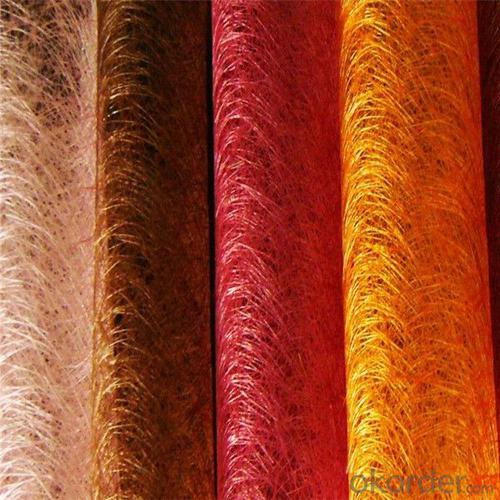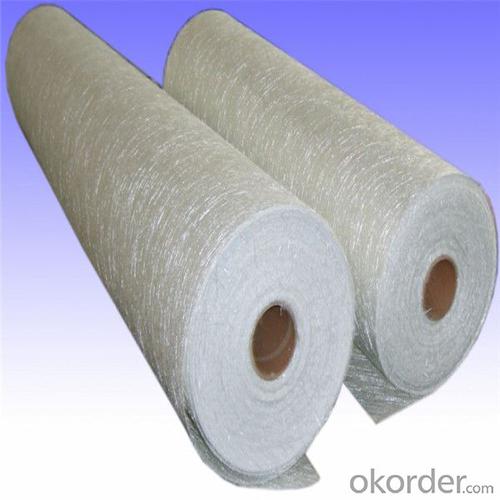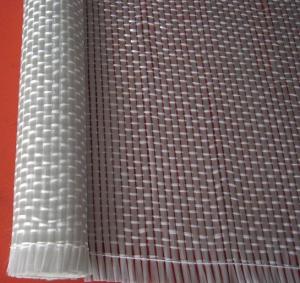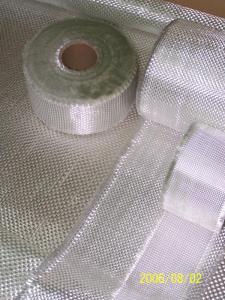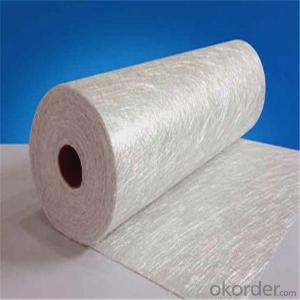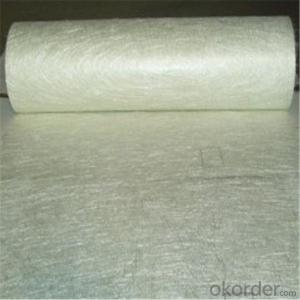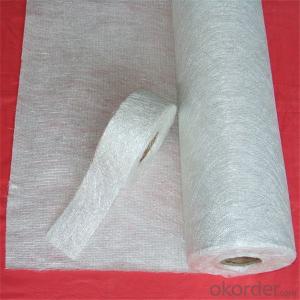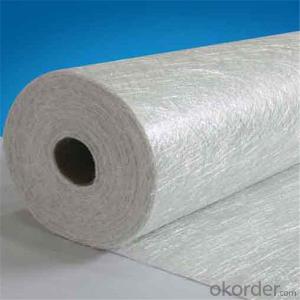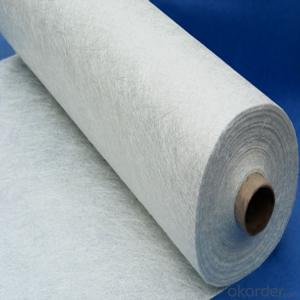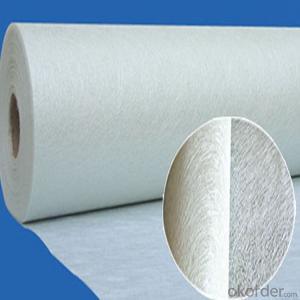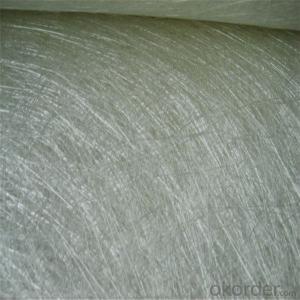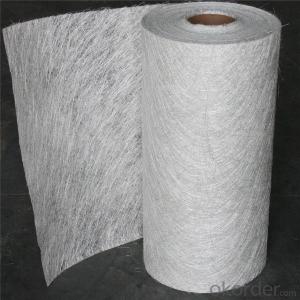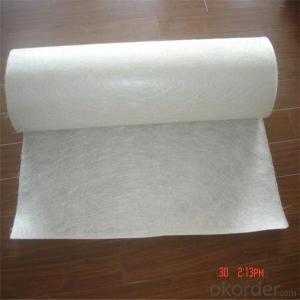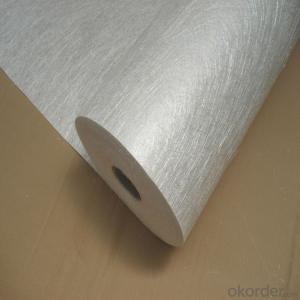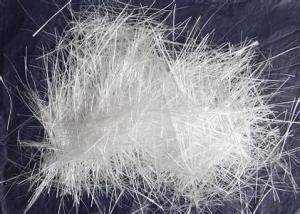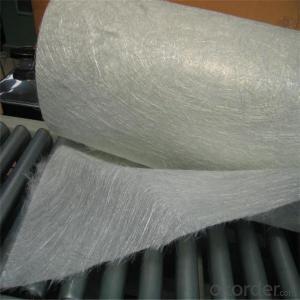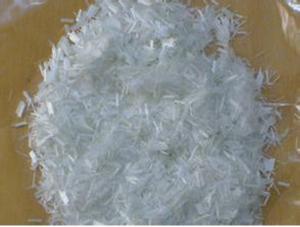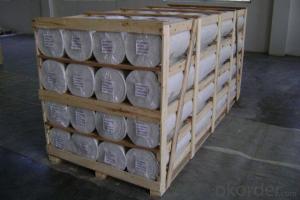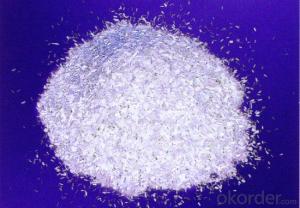Cleveland Fiberglass Chopped Strand E-Glass Fiberglass Chopped Strand Mat
- Loading Port:
- Tianjin
- Payment Terms:
- TT OR LC
- Min Order Qty:
- 100 m.t.
- Supply Capability:
- 100000 m.t./month
OKorder Service Pledge
OKorder Financial Service
You Might Also Like
Quick Details
| Technique: | Chopped Strand Fiberglass Mat (CSM) | Dimensions: | 225g/m2-900g/m2 | Fiberglass Type: | E-Glass |
| Place of Origin: | China (Mainland) | Brand Name: | cnbm | Model Number: | 300G-900G |
| moisture: | ≤0.2% | combustion content: | 2.1-6.3% | binder type: | emulsion or powder |
| width: | 1040,1270,2080mm |
Packaging & Delivery
| Packaging Details: | plastic bag then carton then pallet |
| Delivery Detail: | 15 days after payment |
Advantage
1. Chopped strand mat is made up from fiberglass chopped strands bonded with powder binder or emulsion binder
2. Wet out faster and easy of handling
3. Good choppability
4.thickness uniformity
Apllication
fiberglass chopped strand mat
It is used for processing and manufacturing FRP products with getting through hand lay up process, filament winding process and press molding. Typical products is including bathroom accessories, pipe, building material, automobile, furniture, vessel, cooling towers and other FRP products
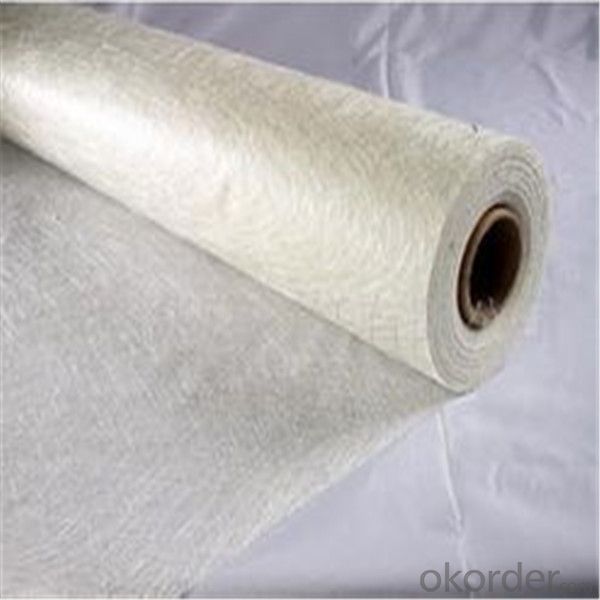
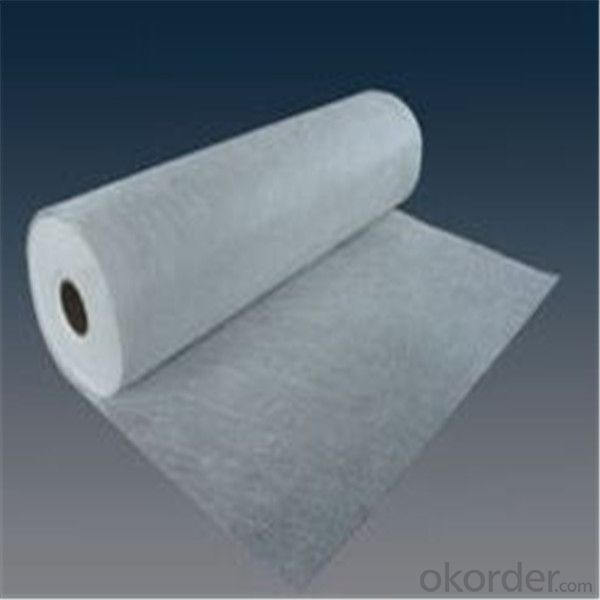
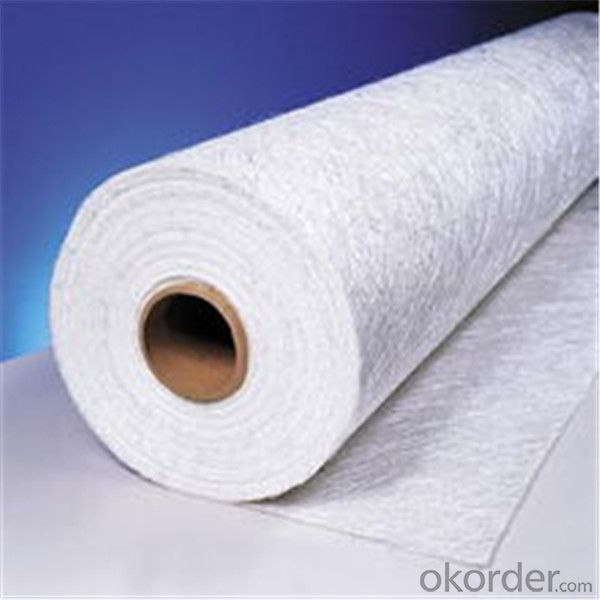
- Q: What are the dimensional stability properties of fiberglass chopped strand?
- Fiberglass chopped strand exhibits excellent dimensional stability properties. This is due to the combination of the inherent rigidity and strength of glass fibers and the resin matrix that holds them together. The tightly bound and evenly distributed chopped strands create a reinforcing network that resists deformation and maintains its shape even under various environmental conditions and mechanical stresses. One of the key dimensional stability properties of fiberglass chopped strand is its low coefficient of thermal expansion. This means that it expands and contracts very little with changes in temperature, minimizing the risk of warping or distortion. This property makes fiberglass chopped strand suitable for applications where dimensional accuracy is critical, such as in automotive parts, boat hulls, and construction materials. Additionally, fiberglass chopped strand has a high resistance to moisture absorption and humidity, which helps to prevent swelling or shrinking that could affect its dimensions. This resistance to moisture also makes fiberglass chopped strand suitable for outdoor and wet environments, where other materials may deteriorate or lose their dimensional stability. Furthermore, fiberglass chopped strand has excellent resistance to chemical and solvent attacks, which helps to maintain its dimensional stability in corrosive environments. This property is especially important in industrial settings where exposure to chemicals or harsh substances can cause dimensional changes in other materials. Overall, the dimensional stability properties of fiberglass chopped strand make it a reliable and durable material for a wide range of applications. Its ability to maintain its shape and dimensions under various conditions ensures long-lasting performance and structural integrity.
- Q: How does the fiber dispersion affect the viscosity of chopped strand composites?
- The distribution and arrangement of fibers within a composite material is known as fiber dispersion. In chopped strand composites, the fibers are randomly oriented and dispersed throughout the matrix. The viscosity of the composite material is greatly influenced by the fiber dispersion. When the fibers are evenly distributed and separated within the matrix, resulting in good dispersion, the viscosity of the composite increases. This is due to the formation of a network-like structure by the fibers, which hinders the flow of the matrix material. Additionally, the random orientation of the fibers further contributes to the resistance to flow, leading to higher viscosity. Conversely, if the fiber dispersion is poor, with fibers clumped together or unevenly distributed, the viscosity of the composite decreases. The clumping of fibers creates gaps and voids in the material, allowing the matrix to flow more freely. As a result, the resistance to flow is reduced, leading to lower viscosity. In conclusion, fiber dispersion directly affects the viscosity of chopped strand composites. Well-dispersed fibers increase viscosity by forming a network-like structure and increasing resistance to flow, while poor fiber dispersion reduces viscosity by allowing the matrix to flow more freely through gaps and voids.
- Q: Does fiberglass chopped strand improve the fatigue resistance of composite materials?
- Fiberglass chopped strand has the ability to enhance the fatigue resistance of composite materials. Renowned for its strength and stiffness, fiberglass reinforces the material and improves its capacity to withstand cyclic loading and fatigue when included as chopped strands in a composite matrix. The random orientation of the chopped strands aids in distributing stress across the composite, thereby reducing the likelihood of crack initiation and propagation. The high tensile strength of fiberglass chopped strand also assists in preventing crack propagation, resulting in an increased fatigue life for the composite material. This reinforcement effect holds particular significance in industries such as aerospace, automotive, and sporting goods, where the composite material is exposed to repetitive loading or vibrations. Moreover, the exceptional properties of fiberglass, such as its moisture and chemical resistance, further contribute to the augmented fatigue resistance of the composite material. By preventing moisture penetration and chemical attacks, fiberglass chopped strand helps maintain the structural integrity of the composite, thereby extending its fatigue life. It is important to note that the specific design and composition of the composite material, including the type and quantity of fiberglass chopped strand used, as well as the matrix material, can influence the extent of improvement in fatigue resistance. Therefore, careful consideration and testing should be undertaken to optimize the composite formulation for the desired fatigue performance.
- Q: Can fiberglass chopped strand be used in the production of electrical connectors?
- Yes, fiberglass chopped strand can be used in the production of electrical connectors. Fiberglass chopped strand is a type of reinforcing material that is made from chopped fiberglass strands. It is commonly used in various industries, including electrical and electronics, due to its excellent electrical insulation properties. Electrical connectors are used to join electrical circuits together, and it is important for them to have good electrical insulation to prevent any electrical leakage or short circuits. Fiberglass chopped strand provides excellent electrical insulation properties, making it a suitable material for use in the production of electrical connectors. Additionally, fiberglass chopped strand is also known for its mechanical strength, chemical resistance, and durability. These properties make it ideal for use in applications where the connectors may be subjected to harsh environments or require high mechanical performance. Furthermore, fiberglass chopped strand can also be easily molded into different shapes and sizes, allowing for the production of connectors with complex designs. This flexibility in design makes fiberglass chopped strand a versatile material for the production of electrical connectors. In conclusion, fiberglass chopped strand can indeed be used in the production of electrical connectors due to its excellent electrical insulation properties, mechanical strength, chemical resistance, durability, and flexibility in design.
- Q: How does the moisture absorption of fiberglass chopped strand impact its performance?
- The moisture absorption of fiberglass chopped strand can have a significant impact on its performance. Fiberglass is known for its excellent strength, durability, and lightweight properties. However, when exposed to moisture, it can undergo various negative effects. One of the main concerns with moisture absorption in fiberglass chopped strand is the potential degradation of its mechanical properties. Moisture can weaken the bonds between the glass fibers, reducing their overall tensile strength and stiffness. This can lead to a decrease in the structural integrity of the material, making it more prone to deformation, cracking, or failure under load. Additionally, moisture absorption can affect the dimensional stability of fiberglass chopped strand. As moisture is absorbed, the fibers can expand, causing dimensional changes in the material. This can result in warping, distortion, or other shape alterations, which can be detrimental in applications where precise dimensions are crucial. Furthermore, moisture absorption can lead to the growth of mold, mildew, or other microorganisms on the surface of the fiberglass chopped strand. This not only compromises the aesthetic appearance of the material but can also have health implications in certain environments. To mitigate these negative effects, manufacturers often apply protective coatings or treatments to fiberglass chopped strand to enhance its resistance to moisture absorption. These coatings act as a barrier, preventing or minimizing the penetration of water and reducing the risk of damage. In summary, the moisture absorption of fiberglass chopped strand can have a detrimental impact on its performance, compromising its mechanical properties, dimensional stability, and potentially promoting the growth of microorganisms. Therefore, it is essential to consider and address moisture-related issues when using fiberglass chopped strand in various applications.
- Q: Is fiberglass chopped strand suitable for automotive interior components?
- Indeed, automotive interior components can be made suitable by the use of fiberglass chopped strand. Fiberglass, a versatile material, provides numerous advantages for automotive purposes. It possesses qualities such as being lightweight, robust, and having exceptional dimensional stability. These characteristics render it a fitting selection for a wide array of interior components, including door panels, dashboards, trim panels, and seat backs. Superior mechanical properties are the reason why fiberglass chopped strand is commonly employed in automotive interior components. These chopped strands are blended with a resin matrix, resulting in a composite material that can be shaped into diverse forms. Consequently, this enables intricate designs and customization options, catering to specific requirements within the automotive industry. Moreover, fiberglass showcases resistance against high temperatures, chemicals, and UV radiation, which are essential factors in the automotive sector. It can withstand elevated temperatures while maintaining its structural integrity, and it also remains unaffected by sunlight or chemical exposure, preventing fading or discoloration. Additionally, fiberglass chopped strand proves to be an economical choice for automotive interior components. It provides a cost-effective solution without compromising quality or performance. Its durability ensures long-lasting functionality, minimizing the need for frequent replacements and maintenance. To conclude, fiberglass chopped strand is undoubtedly an appropriate option for automotive interior components. Its lightweight nature, strength, dimensional stability, resistance to heat and chemicals, and cost-effectiveness all contribute to making it an ideal choice for various automotive applications.
- Q: Is fiberglass chopped strand compatible with polypropylene resin?
- Yes, fiberglass chopped strand is compatible with polypropylene resin.
- Q: Does fiberglass chopped strand improve the fatigue resistance of composite materials?
- Yes, fiberglass chopped strand can improve the fatigue resistance of composite materials. Fiberglass is known for its high strength and stiffness, and when added as chopped strands to a composite matrix, it reinforces the material and enhances its ability to withstand cyclic loading and fatigue. The random orientation of the chopped strands helps to distribute the stress throughout the composite, reducing the likelihood of crack initiation and propagation. The high tensile strength of fiberglass chopped strand also helps to resist the propagation of cracks, thereby increasing the fatigue life of the composite material. This reinforcement effect is especially important in applications where the composite material is subjected to repeated loading or vibrations, such as in the aerospace, automotive, and sporting goods industries. In addition, the unique properties of fiberglass, such as its resistance to moisture and chemicals, further contribute to the enhanced fatigue resistance of the composite material. By preventing moisture ingress and chemical attack, fiberglass chopped strand helps to preserve the structural integrity of the composite and prolong its fatigue life. It is worth noting that the specific design and composition of the composite material, including the type and amount of fiberglass chopped strand used, as well as the matrix material, can influence the extent of improvement in fatigue resistance. Therefore, careful consideration and testing should be conducted to optimize the composite formulation for the desired fatigue performance.
- Q: Does fiberglass chopped strand have any biodegradability?
- Fiberglass chopped strand lacks any biodegradability, indeed. It is essentially a reinforced plastic derived from delicate glass fibers. These fibers possess a remarkable resistance to decomposition through natural means and remain intact indefinitely. Consequently, fiberglass chopped strand is not subject to biodegradation and can endure within the environment for an extended duration.
- Q: How is fiberglass chopped strand used in the renewable energy sector?
- Fiberglass chopped strand is widely used in the renewable energy sector due to its excellent properties and versatility. It is primarily used in the manufacturing of wind turbine blades, which are a critical component of wind energy systems. The chopped strand is mixed with a resin matrix, usually epoxy or polyester, to form a composite material. This composite is lightweight, yet strong and durable, making it ideal for constructing wind turbine blades. The fiberglass reinforcement enhances the strength and stiffness of the blades, enabling them to withstand the high stresses and loads experienced during operation. Furthermore, fiberglass chopped strand offers excellent corrosion resistance, which is vital in offshore wind farms where turbines are exposed to harsh marine environments. It also possesses excellent electrical insulation properties, ensuring safe and efficient energy transmission. The use of fiberglass chopped strand in wind turbine blades also contributes to the sustainability of the renewable energy sector. Fiberglass is a non-toxic material and can be recycled, reducing the environmental impact of wind turbine blade disposal. Additionally, the lightweight nature of the composite material reduces the overall weight of the blades, enabling more efficient operation and increased energy production. In conclusion, fiberglass chopped strand plays a crucial role in the renewable energy sector by providing a strong, lightweight, and durable material for wind turbine blades. Its excellent properties and recyclability make it an ideal choice for constructing sustainable and efficient wind energy systems.
Send your message to us
Cleveland Fiberglass Chopped Strand E-Glass Fiberglass Chopped Strand Mat
- Loading Port:
- Tianjin
- Payment Terms:
- TT OR LC
- Min Order Qty:
- 100 m.t.
- Supply Capability:
- 100000 m.t./month
OKorder Service Pledge
OKorder Financial Service
Similar products
Hot products
Hot Searches
Related keywords
